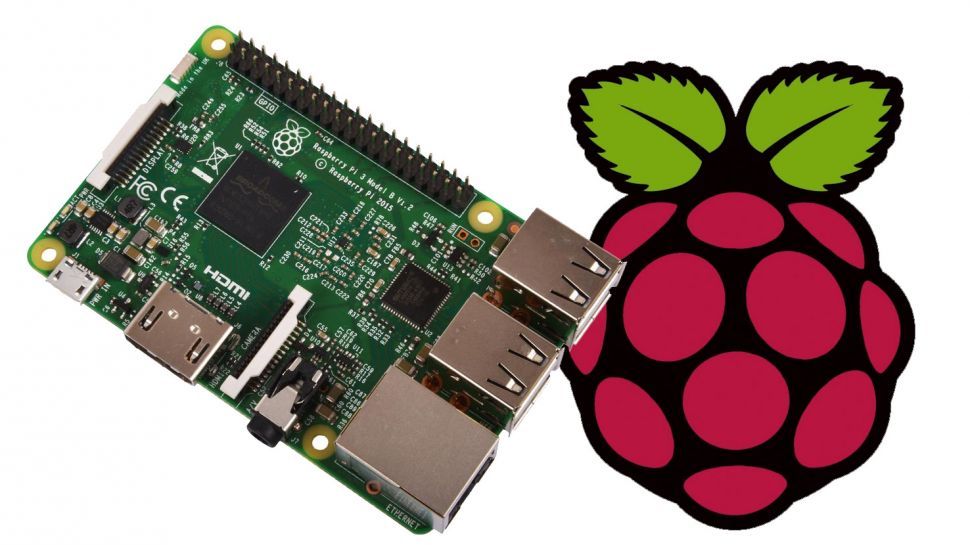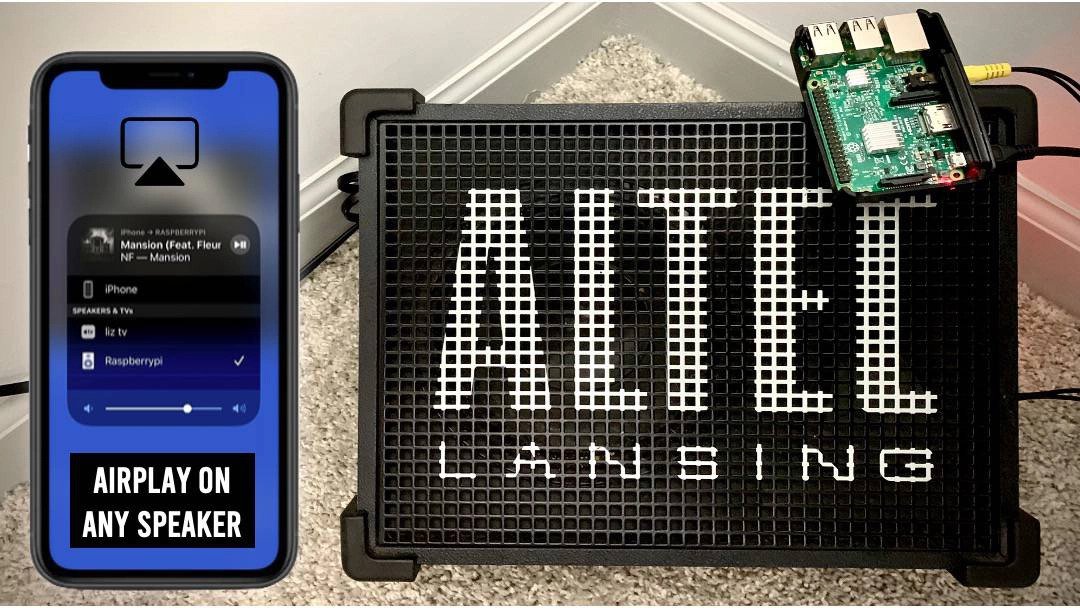Contact Us for Training / Internship (Society Of Computer Science)
Who doesn’t love AirPlay? I know I do. I’m constantly listening to music—whether it’s Pandora or Soundcloud or Sirius XM —so being able to have high-quality audio at any time is an absolute must for me.
The only problem is, buying Wi-Fi (or Hi-Fi) speakers can set you back hundreds of dollars, which might be more than what you’re willing to spend right now. IT related Solution
Additionally, you might have a set of speakers or a surround system that you love. The only issue is that everything is tethered. Full cources available online with Society Of Computer Science
Why throw out a completely good audio setup if all you need is wireless connectivity?
And that’s where this guide comes into play.
In this article, I’m going to show you a couple of easy ways to set up AirPlay on a set of speakers for less than $50.
Regardless if you’re super technical (or not), I’m going to share two methods for adding AirPlay to an old set of speakers so that you can enjoy the benefits of wireless streaming from any Apple AirPlay-enabled device (Mac, iPhone, iPad, etc.).
Let’s get started with best company in IT related Proeblems
DIY AirPlay Speakers with a Raspberry Pi

The next option is to put your DIY tech skills to the test and add AirPlay functionality to an existing set of speakers using a Raspberry Pi. (Best Robotics Training available online also)
The Raspberry Pi is a low-cost option for many DIY home automation systems. You can also use it to set up a wireless sound system using your home network and AirPlay.
That’s what we’re going to tackle in this section.
Things You’ll Need for DIY AirPlay Speakers ( Robotics complete course online)
I completed this project using the Altec Lansing RM3010 Stage-Gig Amplified Speaker and a Raspberry Pi 3 B+. The speaker, itself sounds awesome (great bass and balanced mids), but it requires input from an RCA connection or 3.5mm Aux device.
They don’t make the Stage Gig anymore, so feel free to use any set of good-quality speakers you have lying around your house.
You’ll also need a Raspberry Pi 3 B+, a power adapter, and an SD card.
Lastly, you’ll need a 3.5mm Aux cable to connect from the Pi to your sound system. Most likely you’ll want an RCA to 3.5mm Aux or a 3.5mm Aux male to 3.5mm Aux male connector cable. Best Training / Internship Provider In Noida & Delhi NCR
How to create AirPlay Speakers with Raspberry Pi
I’m not going to spend time showing you how to set up a Raspberry Pi, but I wrote a full article on that process, here.
Once the Pi is up and running, you can follow the steps to add the Shairport Sync library by mikebrady.“Shairport Sync is an AirPlay audio player – it plays audio streamed from iTunes, iOS, Apple TV and macOS devices and AirPlay sources such as Quicktime Player and ForkedDaapd, among others.”
While this library is great for audio, it does not support AirPlay video or photo streaming. If you’re looking for screen mirroring as well, I recommend having a look at the RPiPlay repo on Github.
Here are the abbreviated steps I used from Appcodelabs to get AirPlay set up on the Pi.
Step 1. Update and Install Dependencies
sudo apt-get update sudo apt-get install autoconf automake avahi-daemon build-essential git libasound2-dev libavahi-client-dev libconfig-dev libdaemon-dev libpopt-dev libssl-dev libtool xmltoman
Step 2. Clone the Github Repository
git clone https://github.com/mikebrady/shairport-sync.git
Step 3. Open the Shairport Sync Directory, Configure Build Options, and Build and Install the Application
cd shairport-sync autoreconf -i -f ./configure --with-alsa --with-avahi --with-ssl=openssl --with-systemd --with-metadata make sudo make install
Step 4. Configure the Raspberry Pi Audio Options in Raspi-Config
This step ensures that audio streams from the Raspberry Pi’s auxiliary output rather than through the HDMI jack.
sudo raspi-config
Go to “7. Advanced Options” > “A4. Audio” > Option 1 “Force 3.5mm (‘headphone’) jack”
Step 5. Set the volume output and start the service automatically
amixer sset PCM,0 100%
Once you have this setup, you can add the Shairport Sync to automatically launch when the Raspberry Pi boots up. That way you don’t have to start the application manually.
sudo systemctl enable shairport-sync
Step 6. Test it out with your new speakers!
Connect your speakers to the audio jack on the Raspberry Pi. Then, grab your iPhone (or iDevice) and pick out a song. Select the Raspberrypi AirPlay device, and slowly turn up the volume.
If everything is working correctly, then you should hear your music through your old speakers!

